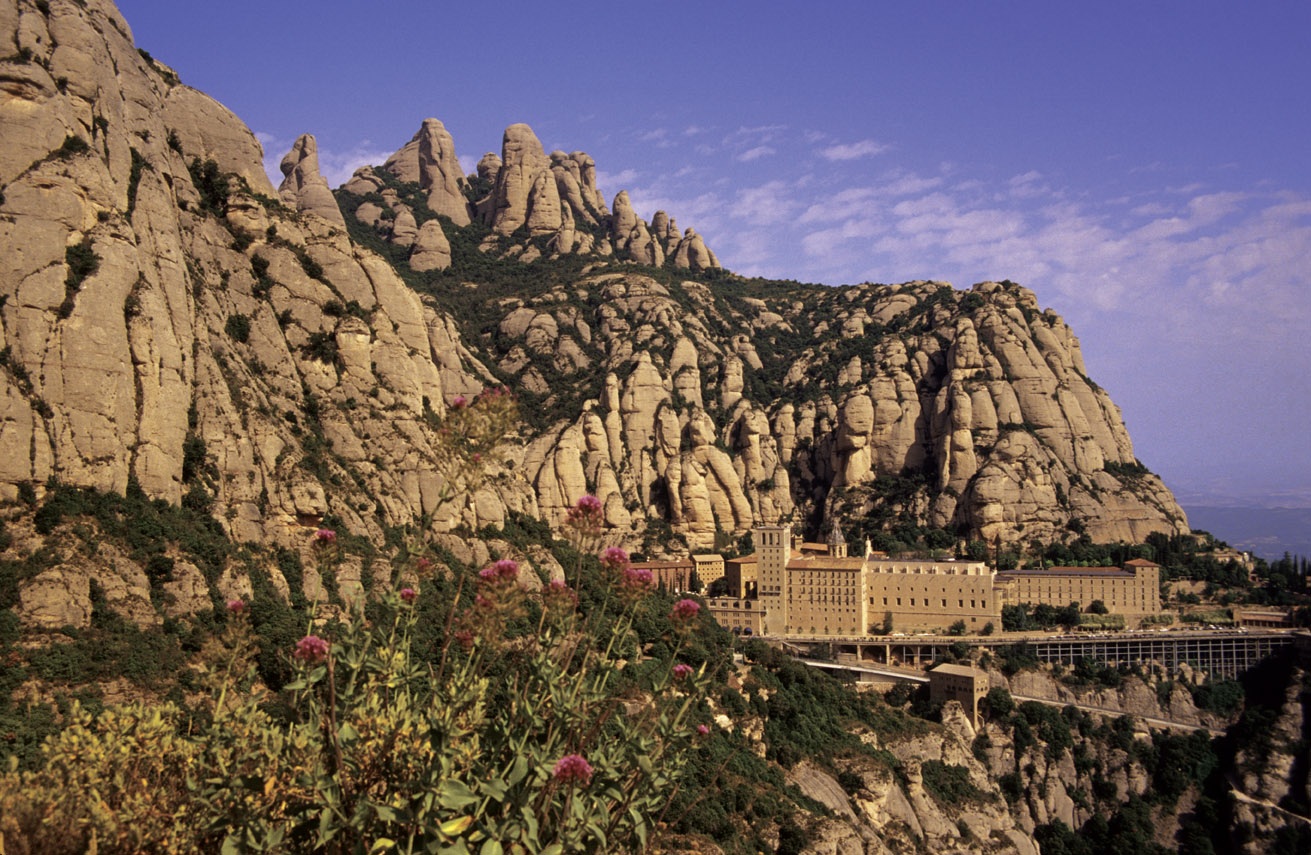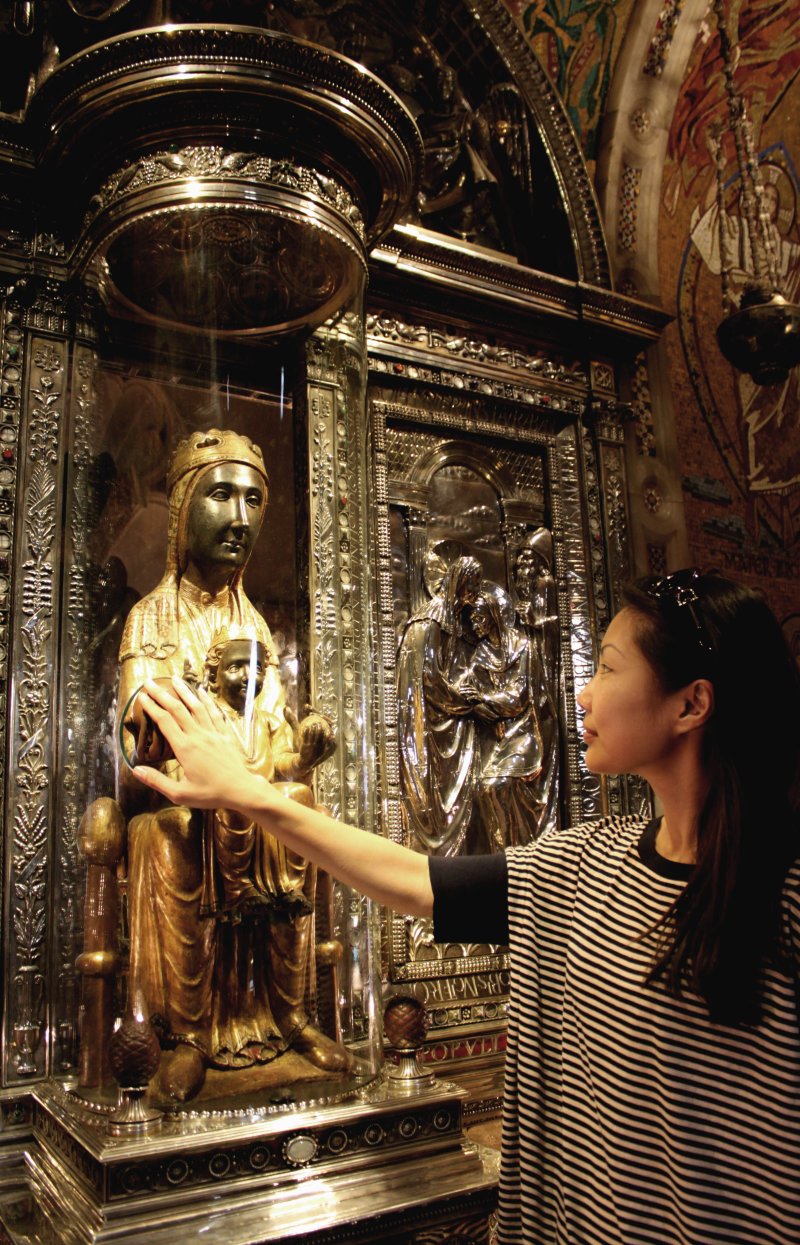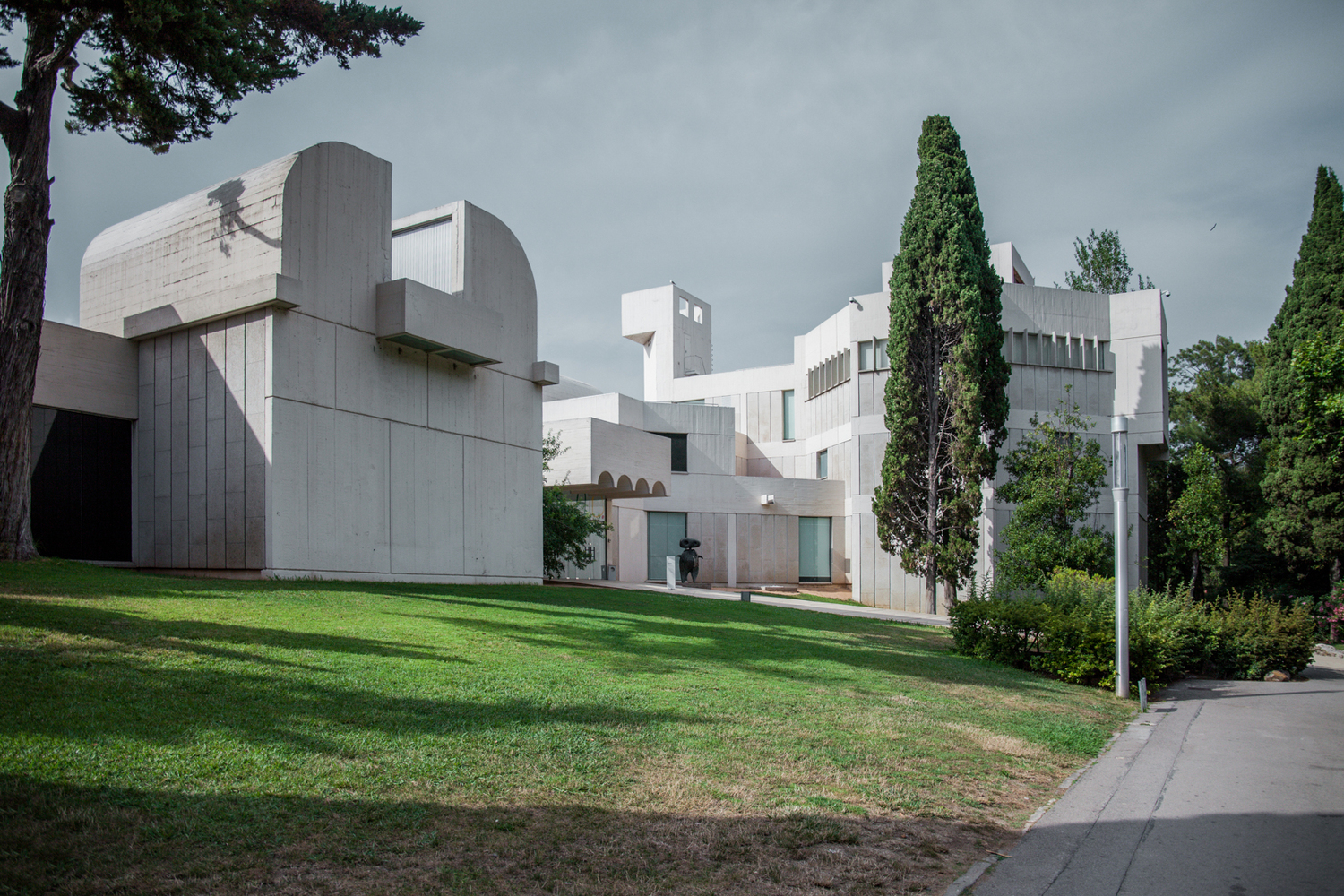Tour details
Meeting Point
Choose the time and we will meet you at your hotel or wherever suits you best.
The prices Includes
Licensed guide, transport and entrance fees to the wineries.
Guide
Friendly and knowledgeable licensed guide fluent in your language.
Itinerary
Barcelona > Codorníu Cellars > Torres Bodegas > free time for lunch > Jean Leon Bodegas > Barcelona.
What can Barcelona Experts offer you?
Tour Highlights
- Penedès wine region near Barcelona.
- Cava Codorníu Cellars.
- Other cellars according to your taste and wishes.
What’s included
- Friendly and licensed guide who knows all about Catalan wines.
- Comfortable and spacious sedan or minivan, depending on numbers.
- Entrance fees to the wine and cava cellars.
What’s not included
- Lunch is not included. Please let us know if you would like us to arrange a traditional Catalan meal.
What to expect
Amidst the vineyards in the town of Sant Sadurní on the banks of the Anoia river, you will find some of the largest cellars in the world. The first bottle of cava was produced here in 1872 (the first method champenoise Spanish wine).
This is the ideal place to follow the whole process from grape pressing to the labeling of the bottle. This wine ferments at least 9 months in the bottle, in the dark, still and constant temperature of the underground cellars. After an introduction, we’ll visit the vast cellars in a small electric train.
The French invented the method and called it Champagne. In Spain wine made by the same method is called Cava. The varieties of grape are local: Xarel·lo, Macabeu and Parellada although lately Chardonnay has been introduced.
Cava can be produced using one variety alone but a mixture is usually used – the coupage – to obtain a subtle mix of tastes and scents to which the winegrowers add their personal touch.
We will visit other cellars according to your wishes and taste.
Amidst the vineyards in the town of Sant Sadurní on the banks of the Anoia river, you will find some of the largest cellars in the world. The first bottle of cava was produced here in 1872 (the first method champenoise Spanish wine).
This is the ideal place to follow the whole process from grape pressing to the labeling of the bottle. This wine ferments at least 9 months in the bottle, in the dark, still and constant temperature of the underground cellars. After an introduction, we’ll visit the vast cellars in a small electric train.
The French invented the method and called it Champagne. In Spain wine made by the same method is called Cava. The varieties of grape are local: Xarel·lo, Macabeu and Parellada although lately Chardonnay has been introduced.
Cava can be produced using one variety alone but a mixture is usually used – the coupage – to obtain a subtle mix of tastes and scents to which the winegrowers add their personal touch.
These bodegas date back to 1800 with a horse drawn wagon which transported wine in wooden barrels.
National and international expansion started when Jaume Torres returned from Cuba. After 10 years of hard work and saving he settled in Vilafranca to export his wine to countries like Cuba, Argentina and Puerto Rico. In 1870 “Torres and Company” was formed and the first cellar was built in Vilafranca del Penedes. From the beginning distilled brandy formed an important part.
Generations have passed down the secrets in the production of their great wines which are currently exported to 120 countries. We will see a short video and visit the vineyards and cellars in a small electric train.
Jean Leon was born in Santander (Spain) in 1928 with the name Ceferino Carrión. At 19 he set out on a long and difficult journey with nothing more than a small suitcase, going from Paris to New York and finally to Hollywood. Years later fortune had it that he formed a partnership with James Dean to create a very special restaurant: La Scala in Beverly Hills. Known and respected in the world of food and wine, in 1963 he decided to start a new adventure: produce wine that carried his name, Jean Leon.
The “Pago Jean Leon” vineyards are 150 hectares (100 cultivated) and from the beginning the varieties planted were Cabernet Sauvignon, Cabernet Franc, Merlot, and Chardonnay, all from renowned vineyards such as Lafite- Rotschild, La Lagune or Corton Carlemagne, among others. The cellar, in the heart of the Penedès region, combines tradition with the most up-to- date techniques of production and is recognized as one of the first cellars in Spain to ferment white wine in oak barrels.



